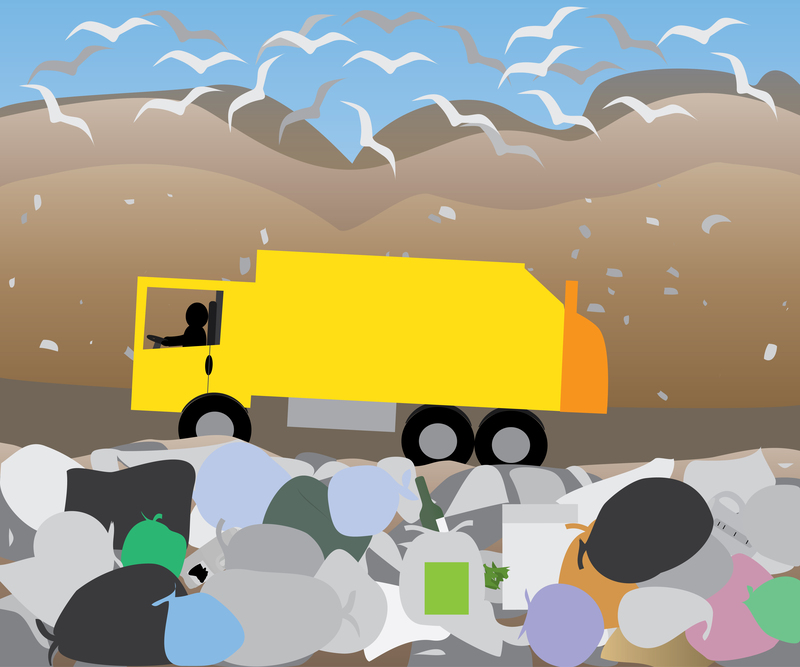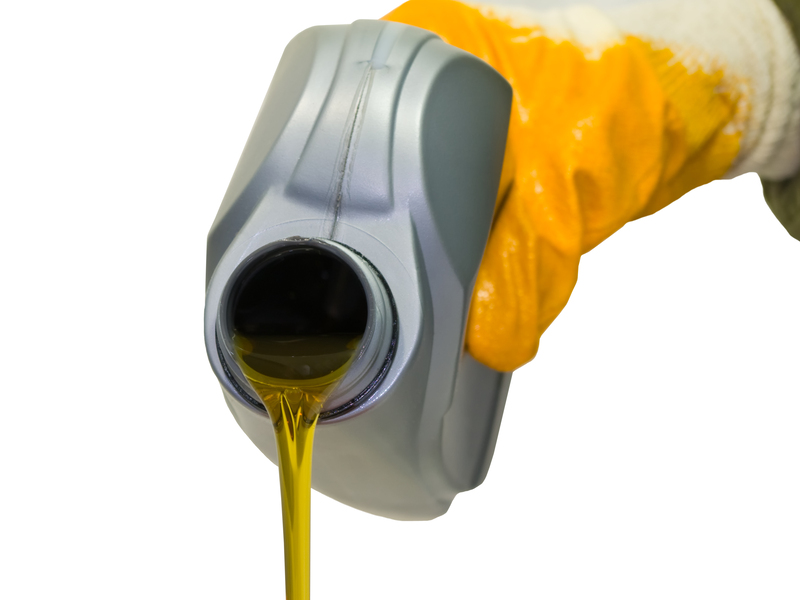Disposing of Pots and Pans Without Harming the Environment: A Complete Guide
Are your old pots and pans piling up and you're unsure how to discard them in an eco-friendly manner? With more people upgrading to modern cookware, the question of how to dispose pots and pans without harming the environment has become more important than ever. This guide details responsible methods for recycling, reusing, and discarding your old cookware for minimal environmental impact.
Why Is Environmentally Friendly Cookware Disposal Important?
Improper disposal of non-stick pans, aluminum pots, stainless steel cookware, and even ceramic frying pans has a significant environmental impact. Dumping these items in a landfill contributes to overflowing waste sites, pollutes the soil, and may leach toxic chemicals. Many pots and pans contain metals and coatings that do not biodegrade and can remain in landfills for decades.
- Landfill Space: Discarded cookware increases landfill volumes.
- Toxic Materials: Non-stick coatings such as PTFE can release pollutants.
- Resource Waste: Metals like aluminum and stainless steel are valuable for recycling.
- Soil and Water Contamination: Chemical coatings can break down and contaminate local environments.
By taking a little time to properly dispose of pots and pans, you contribute toward a healthier planet and a sustainable future.

Understanding Cookware Materials and Their Disposal Concerns
Before choosing the best environmental solution for your old pots, it's helpful to know what they're made of. Different materials require specific disposal strategies to minimize harm to the environment.
Common Types of Pots and Pans and Their Environmental Impact
- Aluminum: Highly recyclable and energy-efficient to process, but should not end up in landfill.
- Stainless Steel: 100% recyclable, with high scrap value.
- Non-stick (Teflon/PTFE): Often not recyclable due to chemical coatings. If damaged, may release toxins during incineration.
- Copper: Recyclable but must be separated from plastic or wooden handles.
- Ceramic or Glass: May be accepted by some recycling programs, but often requires separation from metals or plastics.
- Cast Iron: Extremely durable and can often be restored or repurposed; fully recyclable.
Many pots and pans include composite materials, such as plastic handles, glass lids, or rubber parts. These must be removed, when possible, to allow recycling of the metal components.
The Best Methods for Disposing of Old Pots and Pans
1. Reuse and Repurpose
- Plant Containers: Turn deep pots into quirky planters for your home or garden.
- Yard Storage: Use fryer baskets and old colanders as outdoor organizers.
- Art Projects: Recycle pans into wall art, clocks, or mosaic bases.
- Pet Dishes: Upgrade your furry friend's food and water bowls.
Reusing is the most environmentally friendly way to handle old cookware. If your pots and pans can serve another purpose at home, landfill is avoided entirely.
2. Donate Usable Cookware
- Local Charities: Many shelters, soup kitchens, and domestic violence organizations accept gently used cookware.
- Thrift Stores: Goodwill, Salvation Army, and smaller local shops often accept pots and pans in clean condition.
- Online Groups: Share your cookware through Freecycle, Craigslist, Facebook Marketplace, or Buy Nothing groups.
*Even slightly worn pans may be welcomed by those in need. Always clean and inspect items before donation -- non-stick coatings should not be flaking off.*
3. Recycle -- The Next Best Option
How to Recycle Pots and Pans the Right Way
- Metal Scrap Yards: Most metal pots and pans, especially aluminum, cast iron, and stainless steel, are recyclable. Scrap yards will often pay small sums for these metals.
- City Recycling Programs: Many municipalities accept large metal objects as part of their curbside recycling or at drop-off centers. Check if cookware is accepted -- some may require non-stick coating removal.
- Retail Take-Back Programs: Some kitchenware retailers have "recycle your old pot" days or run permanent take-back schemes. Call ahead to verify.
- Specialty Recyclers: Companies like TerraCycle offer recycling for items not handled by standard programs, including non-stick pans.
Steps to Recycle Cookware Correctly:
- Remove all non-metal materials (handles, glass lids, plastic knobs).
- Clean off all food debris and residue.
- If possible, indicate the type of metal to assist recyclers.
- Find a local recycling center or scrap dealer that accepts pots and pans.
- Drop off your items and ask about their processing methods for peace of mind.
Note: Non-stick and ceramic cookware may not be accepted by standard recycling streams. For pans with PTFE, ceramic coatings, or glass, specialty disposal or recycling may be required.
Special Cases: Non-Stick, Ceramic, Glass and Composite Pans
Can Non-Stick Pans Be Recycled?
Non-stick coatings, especially Teflon (PTFE), complicate recycling because of their chemical properties. Many curbside services won't accept these pans due to fear of contamination and damage to recycling equipment.
- If still usable, consider donation or freecycling.
- If recycling, seek specialty companies (such as TerraCycle) or contact cookware manufacturers with recycling programs.
- Do not place in regular curbside recycling unless your provider specifically allows it.
Ceramic and Glass Pots and Pans
Full ceramic and glass cookware usually aren't accepted with standard glass recycling because they're designed to withstand higher temperatures, posing challenges for normal glass processing. However:
- Some recycling centers accept oven-safe glass and ceramic with construction/demolition waste (inert fill).
- If not recyclable, repurpose as planters, storage jars, or decorative items.
- Always remove metal and plastic components first for easier processing.
Things NOT To Do When Disposing Pots and Pans
- Don't throw cookware directly in your regular trash or curbside bin unless specifically told it's accepted.
- Never burn non-stick pans or materials - toxic fumes will result.
- Don't abandon items by public bins, forests, or rivers; illegal dumping harms wildlife.
Frequently Asked Questions on Sustainable Cookware Disposal
Can I Put Old Pots and Pans in My Recycling Bin?
Usually, no. Most curbside recycling services do not accept pots and pans. Instead, take them directly to scrap metal dealers or recycling centers that handle "bulky metals."
Is It Safe To Use Very Old Cookware?
Only if it's free of cracks, rust, and flakes. Damaged non-stick or chipped ceramic pans may leach toxic substances. If unsafe, dispose of them responsibly.
How Do I Remove Non-Metal Parts From Cookware?
- Unscrew handles or knobs if possible; otherwise, carefully saw off plastic or wood using appropriate tools.
- This ensures the metal can be recycled without contamination.
Where Can I Find a Scrap Metal Yard Near Me?
Search for "metal recycling" or "scrap yard" with your city or zip code. Many centers list what they accept on their websites, or a quick call can confirm.

Tips for Eco-Friendly Cookware Choices
If you're replacing old pots and pans, consider these tips to ensure you don't face the same disposal challenges a few years down the line!
- Choose Durable Brands: Cast iron, stainless steel, and carbon steel often last a lifetime and are highly recyclable.
- Opt for Multi-Purpose Pieces: Fewer, more versatile items mean less future waste.
- Select Non-Toxic, Recyclable Materials: Avoid toxic coatings when possible.
- Prioritize Reputable Warranty Programs: Some manufacturers accept back worn pans for responsible recycling.
Conclusion: Doing Your Part For Greener Cooking
Disposing of pots and pans without harming the environment is easier than you might think. By choosing to reuse, donate, or recycle your old cookware, you can extend their life, keep valuable resources out of landfills, and set an example for sustainability in your community.
Always check with local waste management services and recycling centers to confirm what is accepted in your area. A little research goes a long way in reducing your environmental footprint.
If you've found new and creative ways to dispose of or upcycle your old pots and pans, share your tips online. Together, we can cook up a cleaner, greener world.
```